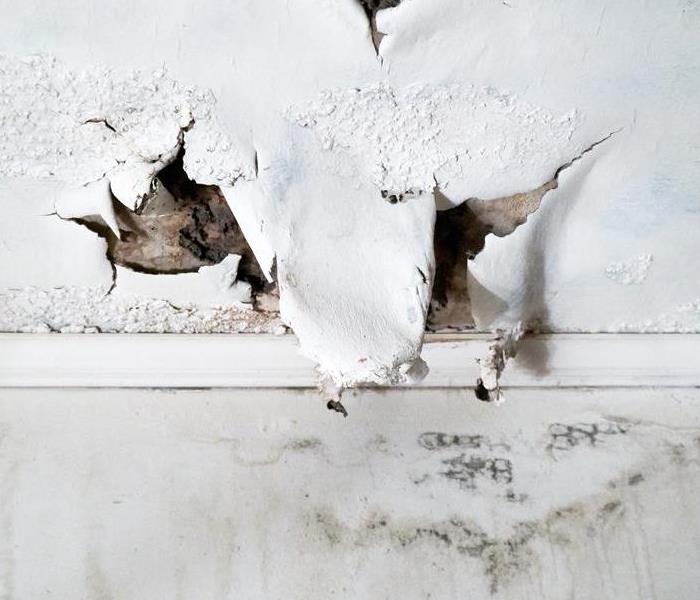Taking Control: A Comprehensive Guide to DIY Mold Cleaning in Your Home
5/23/2023 (Permalink)
Mold is a common household problem that can pose health risks and cause damage to your property if not addressed promptly. While it's essential to hire a professional mold remediation service for extensive mold infestations, minor mold growth in small areas can often be addressed with DIY mold cleaning methods. In this blog, we will explore some tips for DIY mold cleaning to help you effectively and safely tackle mold issues in your home.
Gather the Right Tools and Protective Gear
Before starting any mold cleaning project, make sure you have the right tools and protective gear. This may include items such as a scrub brush, mold cleaner or bleach, water, gloves, goggles, a mask or respirator, and plastic sheeting or tarps to cover surfaces and contain the mold spores.
Identify the Mold Type and Affected Area
Different types of mold may require different cleaning methods. You can often visually identify mold based on its appearance, such as black, green, or fuzzy growth on surfaces. However, it's recommended to have a sample of the mold tested by a professional to determine the exact type of mold and the appropriate cleaning approach. Once you've identified the mold type and located the affected area, isolate it to prevent cross-contamination to other parts of your home.
Dry the Area and Remove Moldy Materials
Mold thrives in damp environments, so it's important to address the source of moisture before attempting to clean mold. Fix any leaks or water issues in the area and allow it to dry completely. Once dry, remove any moldy materials, such as carpets, drywall, or insulation, that cannot be effectively cleaned. Seal the moldy materials in plastic bags before disposing of them properly.
Clean the Area with Mold Cleaner or Bleach
For hard surfaces such as tile, glass, or countertops, you can use a mold cleaner or a solution of bleach and water (1 part bleach to 10 parts water) to clean the mold. Apply the cleaner or bleach solution to the affected area and use a scrub brush to thoroughly clean the moldy surfaces. Avoid mixing bleach with other cleaning chemicals as it can produce toxic fumes.
Dry and Monitor the Area
After cleaning, thoroughly dry the area to prevent mold regrowth. Use fans, dehumidifiers, or open windows to increase airflow and reduce humidity. Monitor the area regularly for any signs of mold regrowth, such as musty odors or discoloration, and take prompt action if mold reappears.
Practice Mold Prevention
To prevent mold from recurring, it's essential to address any sources of moisture, such as leaks, condensation, or high humidity, in your home. Keep your home well-ventilated, use exhaust fans in bathrooms and kitchens, and promptly clean up any spills or water damage. Regularly inspect and clean areas prone to mold growth, such as bathrooms, basements, and attics, to prevent mold from taking hold.
DIY mold cleaning can be an effective and cost-saving option for minor mold issues. However, it's important to exercise caution, wear appropriate protective gear, and follow proper cleaning methods to ensure safety and effectiveness. If you have extensive mold growth or are unsure about the type of mold you're dealing with, it's best to consult with a professional mold remediation service. Prevention is key to keeping mold at bay, so make sure to address any sources of moisture and practice regular maintenance to keep your home mold-free.





 24/7 Emergency Service
24/7 Emergency Service
